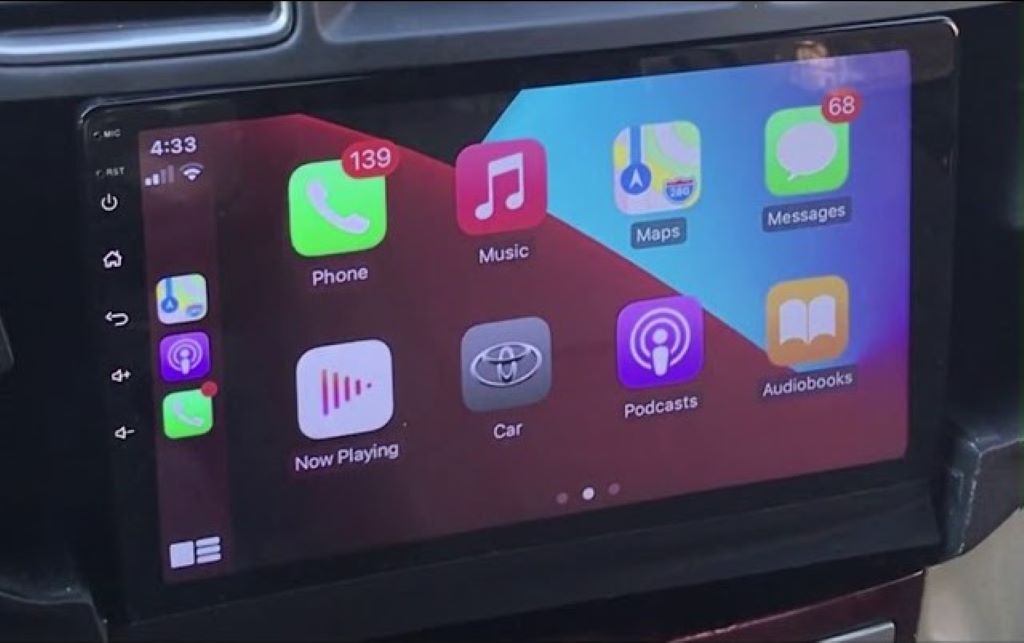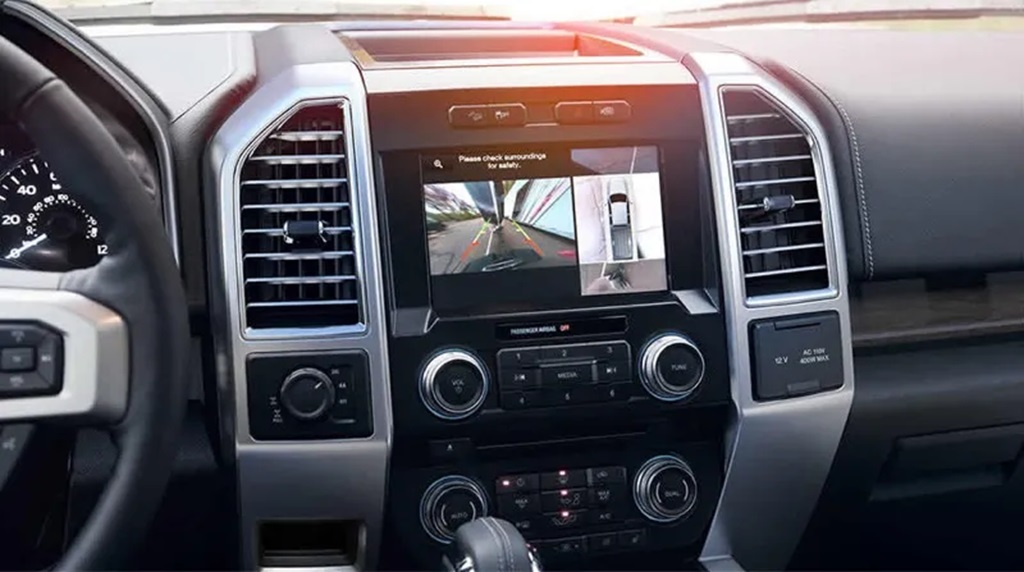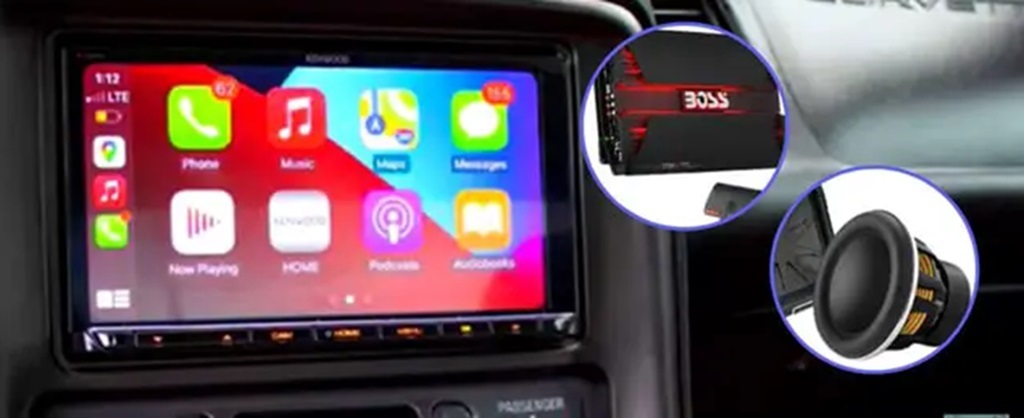So you just got a slick new touchscreen head unit for your ride and you’re wondering – how many amps does this thing pull from my car’s electrical system? It’s a fair question to ask. You want to make sure your vehicle can supply enough electrical juice to power up that shiny new stereo and avoid issues down the road. Well, have no fear! I’ll walk through the key factors determining how many amps a head unit draws, what electrical load different types of stereos present, tips for proper power connection, and some frequently asked questions on car stereo amperage needs. Buckle up and prepare for a crash course on head unit power requirements!
What Determines A Head Unit’s Power Draw?
When it comes to car electronics, it’s all about the amps – that measure of electrical current flow that determines how much power a device uses. More specifically, for head units, three key factors shape how many amps it’ll pull from your vehicle’s electrical system:

1. Design and Components
Head units range from simple, barebones stereo models to elaborate multimedia receivers packed with features. As you can imagine, those tricked-out touchscreens with huge displays, navigation, satellite radio, and more require much more power to run than their simpler counterparts. More components and technological capabilities equal a higher electrical load.
2. Audio Power Output
One of the main functions of a head unit is amplifying audio signals so you can hear your music through the speakers. The amount of continuous audio power the head unit can produce is measured in Watts RMS, and more Watts means more amps drawn.
3. Vehicle Connection
Whether the head unit is designed for low-level or high-level signal inputs impacts amperage needs. High-level models connect directly to speakers and draw more power, while low-level units connect to external amps for heavy lifting and use less vehicle electricity themselves.
Average Head Unit Power Draw By Type
Now that you know what dictates the electrical load of a car stereo receiver, let’s get specific with some average amperage consumption numbers for different types of head units:
Factory Radio
The head units that come standard from the manufacturer are designed specifically for low electrical draw – typically 1 to 3 amps. After all, the car makers need to leave enough juice for all the other electronics without overtaxing the vehicle’s charging system.
Simple Aftermarket Stereo
When you start swapping in aftermarket gear, the power demands go up. An entry-level single DIN head unit with built-in amplification for door speakers and lacking video playback will pull around 10 amps on average.
Multimedia Receiver
Step up to a double DIN multimedia unit boasting a large LCD display, navigation, Bluetooth/smartphone connectivity, satellite and HD radio tuners – you could be looking at a 15-25 amp draw or even more depending on included features. More capability equals more appetite for power.
High-Power Head Units
On the top end, there are high-power aftermarket head units designed to directly drive multiple speakers at high volumes without need for added amplifiers. With built-in amplification providing 50 Watts RMS per channel or more into 4 or 6 channels, these stereos can draw a hefty 30-50 amps to satisfy their thirst.
Proper Power Connections
Hopefully the above gives you a better idea of the amperage needs of various car head units, which leads to an important consideration – making sure your ride can supply enough electrical current for whatever stereo you choose. While low-power factory radios are no worry, installing higher-draw aftermarket gear may require upgrading the electrical wiring.
In-dash wiring
Most vehicles have an in-dash power connector providing between 5-15 amps max for a head unit. If you’re replacing the factory radio with a comparable low-power stereo, the existing wiring should suffice. However, multimedia and other high-draw units may require running thicker power cables directly from the battery to handle the increased electrical load.
Avoid inline fuses
It’s best not to use lower gauge wires with an inline fuse in an attempt to adapt to a higher amperage head unit. The electrical bottleneck this creates can result in fuse failure or the wires overheating. Better to run appropriate power cables all the way back to the car’s fuse box or battery instead.
Match wire gauge to amps
When running power feeds for aftermarket equipment, it’s crucial to match wire thickness, or gauge, to the amperage demands of the stereo. As a rule of thumb, 4 gauge wire pairs well for 30-50 amps, 8 gauge can handle 15-25 amps, and 16 gauge works for 5-15 amps. Trying to push too much electrical load through wires too small is asking for trouble.

Watch for voltage drop
If required wiring upgrades are ignored, it could result in voltage drop at high volumes where the head unit tries to draw more power than thin, inadequate cables can supply. Symptoms like dimming lights, resetting electronics, or sudden power loss when bass hits hard suggest the stereo is starved for amps.
The bottom line: Understanding the amp demands of car head units coupled with proper electrical wiring will keep your tunes pumping smoothly for years to come!
Key Takeaways
- Multiple factors determine how many amps a head unit draws – design and components, power output, and vehicle connection method. More sophistication means more electrical load in most cases.
- Factory radios are optimized for low power consumption – usually 1-3 amps. Aftermarket head units range widely from around 10 amps for a basic stereo to 30 amps or more for high-power multimedia receivers.
- When installing higher-draw aftermarket stereos, verify your car’s electrical system can supply the required amperage and upgrade wiring if needed. Insufficient power leads to problems.
- Match wires gauge to amp draw, don’t use lower-rated inline fuses, and watch for voltage drop symptoms to ensure solid, reliable head unit performance.
Frequently Asked Questions
Q: How many amps does the average factory car stereo use?
A: The head units that come standard from the automaker typically use 1 to 3 amps on average since they are designed to minimized electrical load in vehicles.
Q: If I install an aftermarket stereo, how do I know if my car’s electrical system can handle it?
A: Check how many amps the head unit requires and verify your vehicle’s wiring capacity. If the stereo needs more than 5-15 amps supplied through in-dash connectors, new power cables directly from the battery may be required.
Q: What are symptoms my head unit isn’t getting enough amps?
A: Dimming lights, resetting computers, or sound cutting out when bass hits hard point to voltage drop from electrical bottlenecking. This happens when thin wires can’t supply the amp demands of the stereo.
Q: Can I use lower gauge wires with a fuse to adapt to a high-power head unit?
A: No, inline fuses on undersized wires create an even worse bottleneck. It’s best to run new, thicker power cables sized appropriately for the amperage needs of the head unit all the way back to the fuse box or battery.
Q: If my head unit cuts out when I turn the volume up high, does that definitely mean a lack of power?
A: Not necessarily – it could also indicate speaker wires not thick enough to handle the audio load. But power issues are the most common cause, pointing to inadequate wiring that can’t deliver the necessary amps to run the stereo at loud volumes.
Conclusion
Whether you’re sticking with the factory head unit or upgrading to a state-of-the-art multimedia receiver, understanding the amp draw considerations is key for proper operation. Answering “how many amps will my car stereo use?” means investigating the factors of design, power output, and vehicle integration to quantify the electrical load for the system.
Matching this amperage demand with appropriate wiring is crucial for avoiding problems like voltage drop, overheating, or sudden power loss when enjoying your favorite driving tunes. So know the numbers, do your car electrical homework, and enjoy top-tier sound without a hitch! Your ears, speakers and head unit will thank you.

